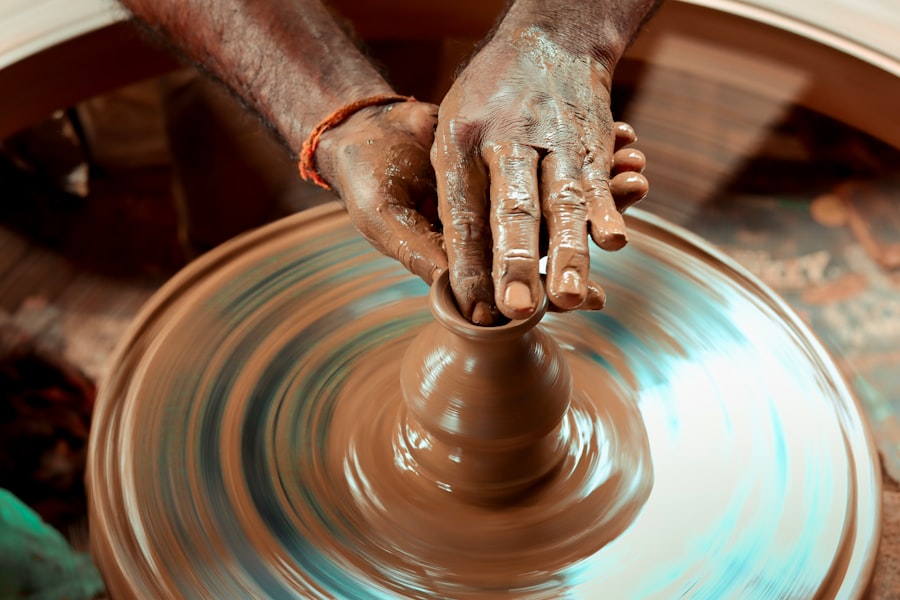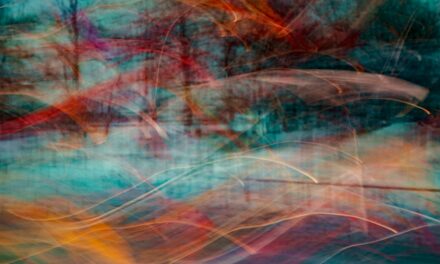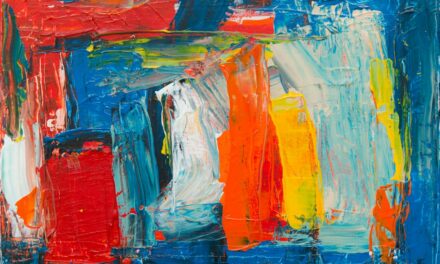Visual storytelling is a profound and multifaceted art form that transcends mere representation. It is the ability to convey narratives through images, allowing viewers to engage with stories on a visceral level. This practice has been an integral part of human expression since the dawn of civilisation, from the cave paintings of Lascaux to contemporary digital art.
Each image serves as a portal into a world of emotions, experiences, and ideas, inviting the observer to interpret and connect with the narrative being presented. The essence of visual storytelling lies in its capacity to evoke feelings and provoke thought, making it a powerful medium for artists and communicators alike. At its core, visual storytelling is about more than just aesthetics; it is about crafting a narrative that resonates with the audience.
Artists employ various techniques to weave together elements such as character, setting, and plot, creating a cohesive story that unfolds within the confines of a single frame or series of images. This narrative can be explicit or implicit, allowing for layers of meaning that encourage viewers to delve deeper into the artwork. The interplay between visual elements and storytelling creates a dynamic relationship that can captivate audiences, making them active participants in the unfolding drama.
Summary
- Visual storytelling is a powerful way to convey a narrative through images and create an emotional connection with the audience.
- Crafting beauty in visual storytelling is important as it captivates the audience and enhances the overall impact of the story.
- Techniques and tools such as composition, lighting, and framing are essential for effective visual storytelling.
- Everyday life can be a great source of inspiration for visual storytelling, as it offers authentic and relatable content.
- Colour and composition play a significant role in setting the mood and tone of a visual story, influencing the audience’s emotional response.
The Importance of Crafting Beauty
Beauty in art is not merely a superficial quality; it is an essential component that enhances the effectiveness of visual storytelling. The pursuit of beauty can elevate a narrative, drawing viewers in and encouraging them to engage with the work on a deeper level. When artists take the time to craft beauty within their compositions, they create an inviting atmosphere that fosters connection and contemplation.
This beauty can manifest in various forms, from harmonious colour palettes to intricate details that invite closer inspection, all contributing to the overall impact of the piece. Moreover, beauty serves as a bridge between the artist’s intention and the viewer’s experience. It can evoke emotions that resonate with personal memories or cultural contexts, allowing individuals to find their own meanings within the artwork.
In this way, beauty becomes a universal language that transcends barriers and speaks to the shared human experience. By prioritising beauty in their work, artists not only enhance their storytelling but also create a space for dialogue and reflection, enriching the cultural landscape in which they operate.
Techniques and Tools for Visual Storytelling

The techniques and tools employed in visual storytelling are as diverse as the stories themselves. Traditional mediums such as painting, drawing, and sculpture have long been used to convey narratives, each offering unique possibilities for expression. For instance, oil paints allow for rich textures and depth, while watercolours can create ethereal effects that evoke a sense of fleeting moments.
Similarly, digital tools have revolutionised the landscape of visual storytelling, enabling artists to experiment with new forms and techniques that were previously unimaginable. In addition to medium, composition plays a crucial role in visual storytelling. The arrangement of elements within a frame can guide the viewer’s eye and influence their emotional response.
Techniques such as the rule of thirds, leading lines, and framing can create tension or harmony within an image, enhancing the narrative being told. Furthermore, artists often utilise symbolism and metaphor to imbue their work with deeper meanings, inviting viewers to explore beyond the surface. By mastering these techniques and tools, artists can effectively communicate their stories and engage audiences in meaningful ways.
Finding Inspiration in Everyday Life
Inspiration for visual storytelling often lies in the mundane aspects of everyday life. Artists have an innate ability to observe the world around them, finding beauty and narrative potential in seemingly ordinary moments. A fleeting glance between strangers on a bus, the play of light on a rainy street, or the quiet solitude of a morning routine can all serve as catalysts for creative expression.
By honing their observational skills, artists can transform these everyday occurrences into compelling visual narratives that resonate with audiences. Moreover, drawing inspiration from daily life allows artists to connect with universal themes that transcend individual experiences. The struggles and triumphs of human existence are often reflected in the small details of our lives.
By capturing these moments through their art, creators can evoke empathy and understanding among viewers, fostering a sense of shared humanity. This connection is vital in visual storytelling, as it encourages audiences to reflect on their own experiences while engaging with the narratives presented before them.
The Role of Colour and Composition in Visual Storytelling
Colour and composition are fundamental elements that significantly influence visual storytelling. Colour has the power to evoke emotions and set the tone for a narrative. Warm hues may convey feelings of comfort or passion, while cool tones can evoke calmness or melancholy.
Artists carefully select their colour palettes to enhance the emotional resonance of their work, guiding viewers through the intended emotional landscape of the story being told. Composition, on the other hand, dictates how elements within an artwork interact with one another. A well-composed piece can create a sense of balance or tension that mirrors the narrative’s themes.
For instance, an asymmetrical composition may evoke feelings of unease or conflict, while a symmetrical arrangement can suggest harmony or resolution. By thoughtfully considering both colour and composition, artists can craft visual stories that not only capture attention but also elicit emotional responses from their audience.
Capturing Emotion and Atmosphere Through Crafted Beauty

The ability to capture emotion and atmosphere is at the heart of effective visual storytelling. Artists strive to create an immersive experience for viewers by crafting beauty that resonates on an emotional level. This involves not only technical skill but also an understanding of human psychology and emotional triggers.
By tapping into universal feelings such as joy, sorrow, love, or fear, artists can create works that speak directly to the viewer’s heart. Atmosphere plays a crucial role in shaping how emotions are perceived within a narrative. The use of light and shadow can create dramatic contrasts that heighten tension or evoke nostalgia.
Similarly, texture can add depth and richness to an artwork, inviting viewers to explore its surface while simultaneously engaging with its underlying themes. Through careful manipulation of these elements, artists can transport audiences into their envisioned worlds, allowing them to experience the story on a deeply personal level.
Balancing Realism and Imagination in Visual Storytelling
In visual storytelling, striking a balance between realism and imagination is essential for creating compelling narratives. Realism grounds stories in relatable experiences and familiar settings, allowing viewers to connect with the artwork on a personal level. However, imagination introduces elements of fantasy or abstraction that can elevate a narrative beyond everyday life.
This interplay between reality and imagination invites viewers to explore new perspectives and possibilities. Artists often navigate this balance by incorporating fantastical elements into realistic settings or vice versa. For example, a painting depicting a bustling cityscape may include surreal elements such as floating objects or dreamlike figures that challenge perceptions of reality.
This fusion encourages viewers to question their understanding of both the artwork and their own experiences. By embracing both realism and imagination, artists can create rich narratives that resonate with diverse audiences while inviting them into realms of creativity and wonder.
The Impact of Visual Storytelling on Society and Culture
Visual storytelling holds immense power in shaping society and culture. Throughout history, art has served as a reflection of societal values, beliefs, and struggles. From political propaganda to social commentary, visual narratives have played pivotal roles in influencing public opinion and sparking change.
Artists have the ability to challenge norms and provoke thought through their work, making visual storytelling a vital tool for cultural discourse. Moreover, visual storytelling fosters empathy by allowing audiences to step into the shoes of others. By presenting diverse perspectives through art, creators can bridge gaps between cultures and promote understanding among individuals from different backgrounds.
This capacity for connection is particularly important in today’s globalised world, where narratives often intersect across borders. As artists continue to explore new ways of telling stories visually, they contribute to an ongoing dialogue that shapes our collective consciousness and enriches our cultural landscape. In conclusion, visual storytelling is an intricate art form that weaves together beauty, emotion, technique, and imagination.
It invites both artists and audiences into a shared experience where narratives unfold through carefully crafted images. As we continue to explore this dynamic medium, we uncover new ways to connect with one another and reflect on our shared humanity through the lens of art.
Crafting Beauty is a fascinating art form that involves creating visually stunning pieces that captivate the viewer. For those interested in exploring the world of visual storytelling, an article worth reading is An Introduction to the Painting Portrait of Louis XIV (1701) by Hyacinthe Rigaud. This article delves into the intricate details of a famous painting and provides insights into the techniques used by the artist to convey a powerful visual narrative. By studying such masterpieces, aspiring visual storytellers can gain valuable inspiration and knowledge to enhance their own craft.



